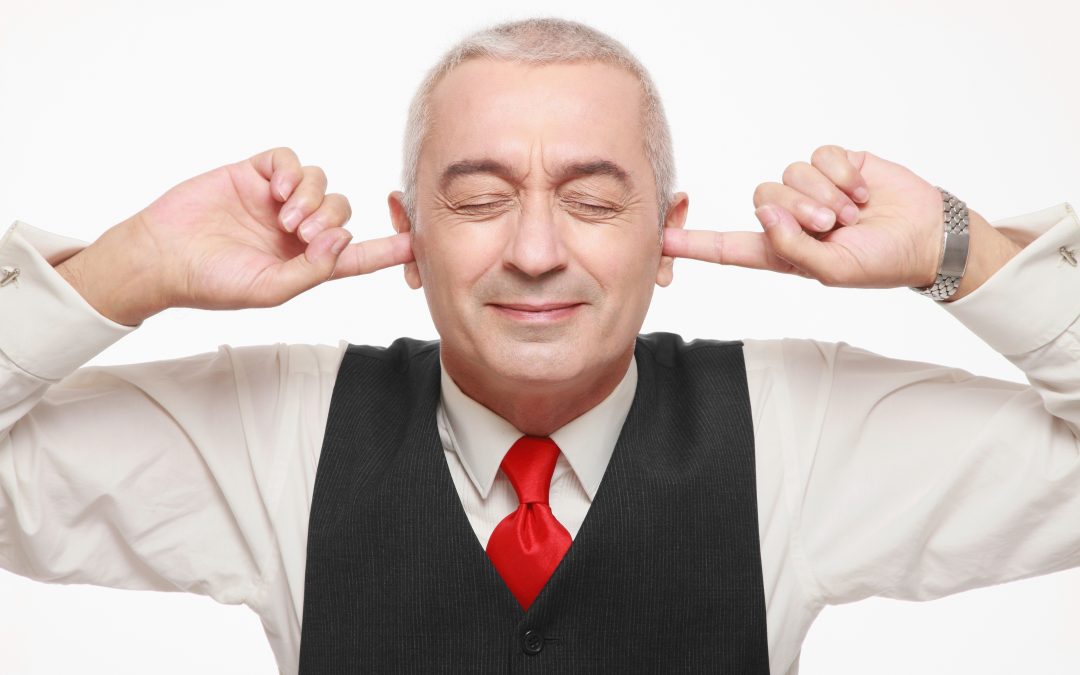Stress can build up in you without you realising.
When you find yourself busy in the dizzy of life, you may find physical indicators of stress building up within you. These could be:
- Bad sleeping habits.
- Nodding off in the middle of the day.
- Binge eating.
- Getting to the end of your day and realising that you have not stopped to even think about food.
- Gaining excessive amounts of weight, or losing weight rapidly.
- Finding yourself drinking caffeine loaded drinks to get you through the day and becoming dehydrated as a result.
- Having more headaches than usual, becoming less patient with yourself and others.
- Getting angry, sad, frustrated and finding yourself exhausted, are only a few of the symptoms.

So how can you reduce stress levels and manage the challenges in your everyday life?
Here are some examples of ways to take back control.
Over the next few blogs, we will share useful tips to help reduce your stress levels.

Tip 1
Breathe Deeply
Inhale deeply through your nose, pull the air all the way down, deep into the lungs. Hold the breath for a count of seven. Exhale slowly through the mouth to the count of eleven. Do this for several minutes. You may find yourself a little dizzy or light-headed. If so, then begin breathing naturally until the sensation passes, then start again. With a little practise you will become more proficient. This technique really can bring deep levels of relaxation.

Discovering your inner Powerhouse
Tip 2
Here is a technique you can do sitting at your desk
Turn your neck to look as far as you can comfortably over each shoulder to loosen up the stress of the day. Gently look over your shoulder and hold the stretch for 10 seconds on each side.
Repeat this 3 times on each side.
Shoulders often build up tension throughout the day, so do 3 shoulder shrugs, raising them and holding for 5 seconds. Then relax them down completely, helping to release any built up tension. This should help to ease tense shoulders pressing up against the bottom of the neck cradle and causing pressure against the head.
Have a go, It can only help, more tips coming in our next blog
www.mindyourlifetraining.com


Recent Comments